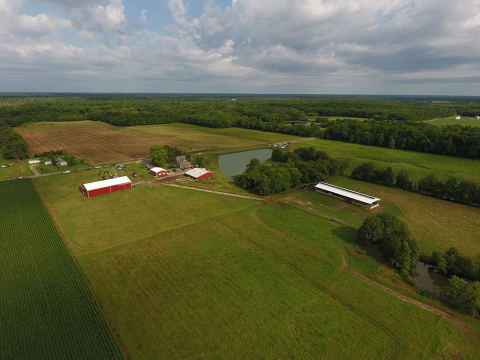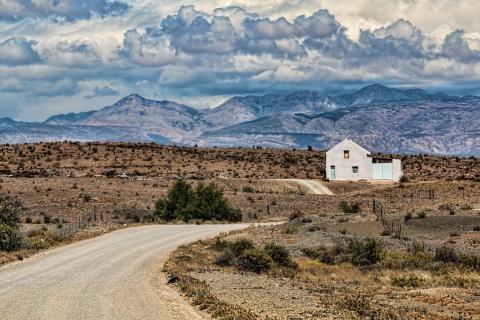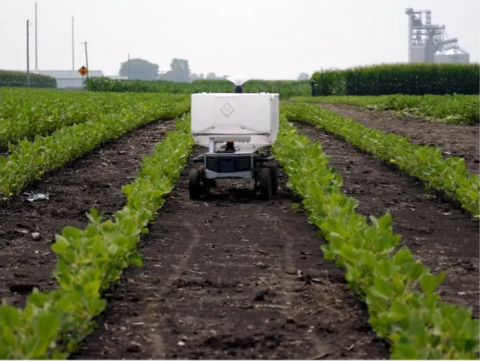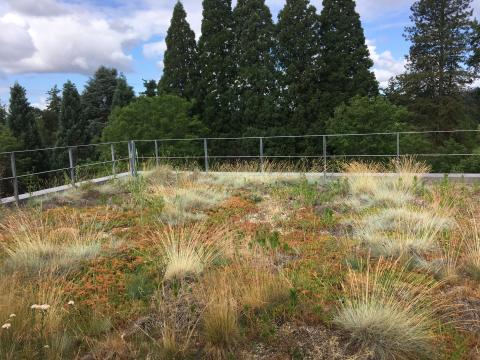
When households escape poverty, how likely is it they will fall back in the future?

URBANA, Ill.

URBANA, Ill. – Plant-covered roofs have become a regular sight in Portland, Oregon.

Two years after COVID-19 emerged, researchers have provided three cost-effective actions to help decision-makers prevent future pandemics by stopping “spillover” of diseases from animals into humans: better surveillance of pathogens, better manage
Why it Matters.
The Center for the Economics of Sustainability harnesses economics to promote prosperity and human well-being now and in the future with a balance of reliable food, water and energy systems, environmental quality, and community development. Our research helps inform environmental policy and resource management decisions in Illinois — and around the world.

Farms have a promising opportunity to fight climate change using a simple but plentiful asset: soil. Soil has the capacity to store carbon in amounts that can meaningfully offset greenhouse gas emissions through retaining carbon (otherwise called carbon sequestration).

Consumers across the United States worry about the effects of climate change on various parts of the food system. Though concern over issues like land availability, food shortages, and food prices is prevalent in every part of the country, the degree of the population's concern depends on where they live.

The US Department of Agriculture (USDA) announced in late May that it is funding a new collaboration between two institutes and a research center at the University of Illinois Urbana-Champaign that will create an integrated farm of the future in the US Midwest.

“Countries are investing significant public resources to reduce the impact of stormwater runoff,” Amy Ando, study author, said in a statement. “Green roofs are part of that solution because they capture some of the rain that would otherwise end up in sewage systems. Knowing the benefits from investing in green roofs is important for implementing public policies.”